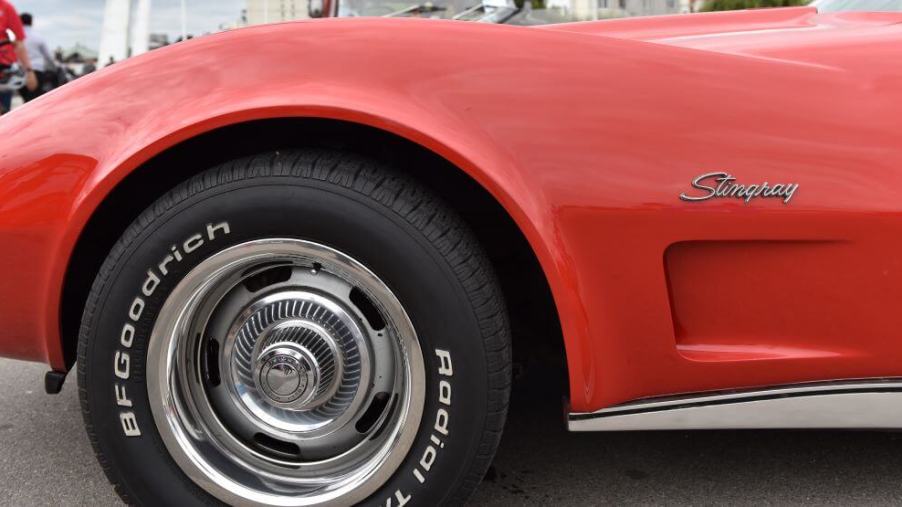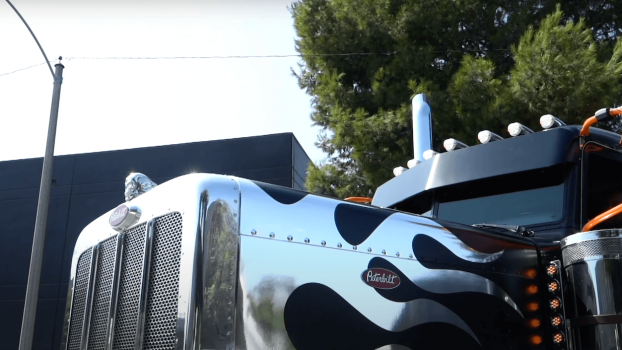
Are Chrome Wheels Good for Anything Other Than Being Shiny?
Car wheels with a chrome finish are a popular add-on when customizing a car, and they were once a popular standard feature on many models. They can even be found on a few select late-model offerings. However, do chrome-plated wheels have any advantages, or are they simply a stylistic choice as an accessory?
The basics of chrome car wheels
The term chrome wheel is a bit of a misnomer. The wheels themselves are not made from a solid chunk of chrome as you would find from a single-piece steel, aluminum alloy, or even carbon fiber wheel. More accurately, chrome wheels are generally aluminum wheels that have been chrome-plated or chrome-finished. The wheel’s mirror-like appearance is achieved by layering metals, like copper and nickel, with a chrome-plated finish on the outermost layer.
Advantages and disadvantages of chrome wheels
Chrome-plated wheels do have intrinsic advantages over some other types of wheels, but their use is as much for style as anything more pragmatic. Their mirror-like finish lends itself well to certain cars — muscle cars are a prime example, where their appearance accentuates the eye-catching looks of the bodywork.
Chrome-finished wheels can also lend a visual “pop” to customized cars that put an emphasis on the model’s overall looks. They certainly stand out more than steel, polished aluminum, or carbon fiber wheels, particularly from a distance.
Still, beyond being a stylistic choice meant to help a vehicle stand out, chrome-plated wheels have some practical advantages.
Chrome-plated wheels are far easier to clean than other wheel types. Grease, grime, and other substances don’t readily stick to chrome plating, and therefore, all that’s needed to keep them looking their best is a bit of soap, water, and perhaps an occasional polish.
Their finish also improves durability — chrome-plated wheels are highly resistant to rust and corrosion when cared for properly. This is especially important for cars driven in areas where harsh weather conditions are commonplace or abrasive substances can often be littering the road.
However, chrome wheels do have their downsides relative to steel, polished aluminum, or other types of wheels.
Plenty of aftermarket chrome-plated wheels exist on the market, but these can pose a risk as improperly plated chrome can flake off, thus leaving the wheel susceptible to damage. Not to mention, it looks awful, a particular downside when many choose chrome-plated wheels for their looks.
Chrome plating can also flake off over time or due to negligence. Again, this can result in less-than-desirable looks, and the wheels may need to have their chrome finishing redone, which isn’t a cheap proposition.
Due to their finishing, chrome wheels are also typically heavier than traditional aluminum wheels, impacting a car’s overall performance.
Maintaining chrome wheels can mitigate many of their downsides
Consistent care can help improve the longevity and, thereby, the durability of chrome-finished wheels.
According to Tire Agent, chrome-finished wheels should be hosed off regularly to remove brake dust or other substances that could otherwise corrode the chrome finish. Non-acidic wheel cleaners should also be applied, and only soft brushes or other non-scratch-inducing cleaning kit should be used to avoid scratching or flaking off the finish. Chrome polish should also be applied intermittently to help protect the chrome plating to keep it looking its best and help cut down the schedule of regular cleaning.
If properly cared for, flaking, rusting, or other issues can be mitigated by regular maintenance, thus lessening many of the more irksome downsides of chrome-plated wheels.




